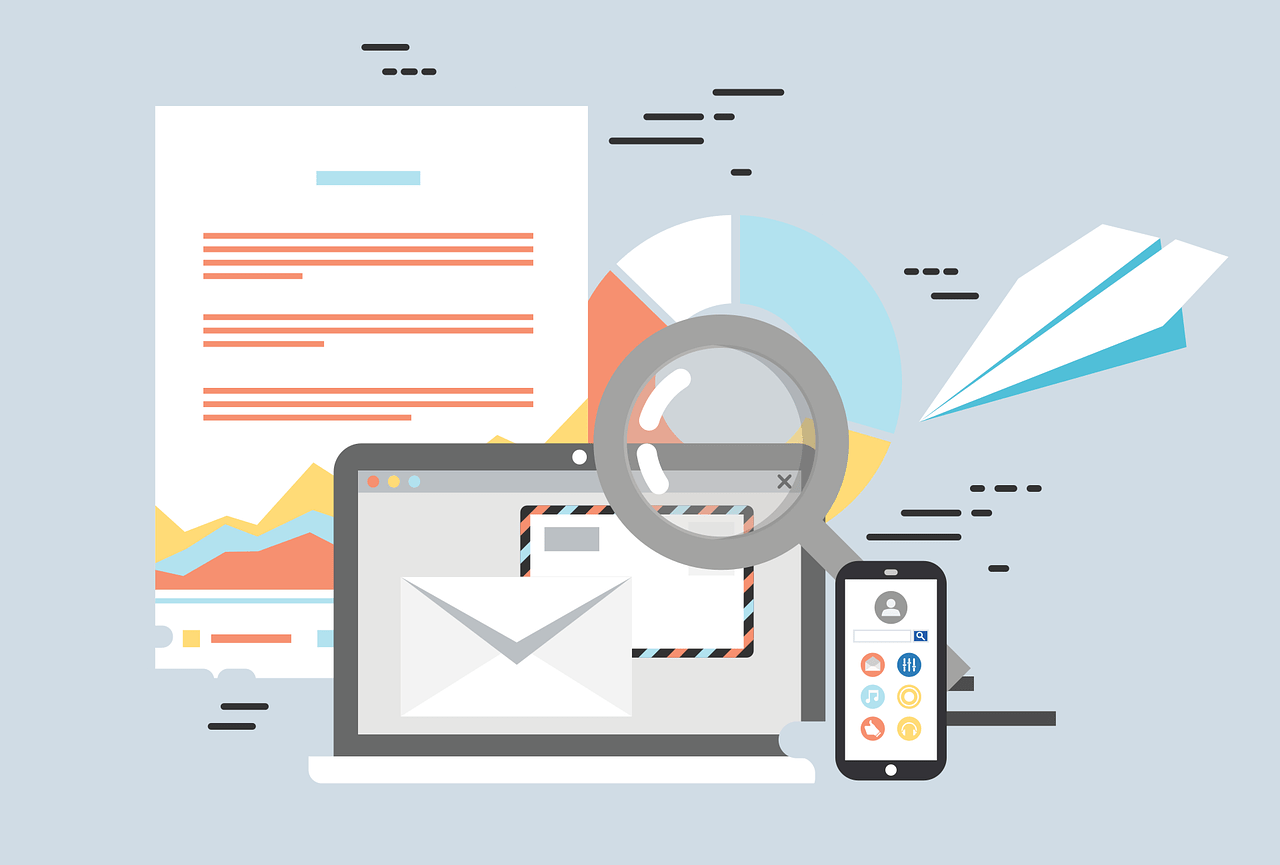One aspect that continually stands out is the significance of content. Content, in various forms, serves as the backbone of any successful online marketing strategy. It acts as the bridge that connects businesses with their target audience, conveying messages, building trust, and ultimately driving conversions. In this comprehensive article, we will explore why the type of content you choose to create and distribute plays a pivotal role in the success of your online promotional efforts.
1. Introduction
The Power of Online Marketing: In today’s digital age, online marketing holds immense power for businesses of all sizes. It enables them to reach a global audience with relative ease and cost-effectiveness compared to traditional marketing methods. The internet has become a vast marketplace, and to thrive in this space, businesses need a solid online presence.
The Role of Content in Marketing: Central to the success of online marketing is content. Content serves as the vehicle through which businesses communicate with their target audience. Whether it’s a blog post, a video tutorial, an infographic, or a podcast, content conveys information, engages the audience, and compels them to take action. It’s the lifeblood of your online marketing efforts.
2. Understanding Different Content Types
In today’s diverse digital landscape, various content types offer unique advantages and cater to different audience preferences. Let’s delve into some of the most prevalent content formats:
Textual Content: Textual content includes articles, blog posts, product descriptions, and more. This written form of content provides valuable information to your audience. Engaging textual content can establish your authority in your niche and attract organic traffic through search engines.
Visual Content: Visual content encompasses images, infographics, and memes. It’s a highly shareable form of content that appeals to the audience’s visual senses. Visuals can convey complex information quickly and effectively, making them a valuable addition to your content strategy.
Now, let’s delve deeper into the remaining sections of the article, providing more in-depth insights.
3. Tailoring Content to Your Audience
Understanding your audience is paramount in content creation. It’s not just about what you say but how you say it. Different demographics have varying preferences, and tailoring your content to match those preferences can significantly impact your engagement and conversion rates.
To effectively tailor your content, start by conducting thorough audience research. Understand their needs, interests, pain points, and preferences. For instance, if you’re targeting a younger audience, you might opt for more visually appealing content with shorter, snappier text. On the other hand, a B2B audience might prefer in-depth articles with data-driven insights.
4. SEO and Content Types
Search Engine Optimization (SEO) is a vital aspect of online visibility. Different content types require different SEO strategies to rank well on search engines. We’ll explore how to optimize various content formats for better search engine rankings.
When it comes to SEO, textual content offers the advantage of being highly indexable by search engines. By conducting keyword research and strategically integrating relevant keywords into your articles, you can improve your content’s visibility in search engine results pages (SERPs).
Visual content, on the other hand, benefits from alternative text descriptions and metadata optimization. Including descriptive alt text for images and optimizing image file names can enhance the discoverability of visual content through image searches.
5. Content Distribution Channels
Creating high-quality content is only part of the equation. You also need to know where and how to distribute it effectively. We’ll delve into the various distribution channels available to businesses, from social media to email marketing.
In the realm of content distribution, social media platforms offer a vast and diverse landscape for reaching your target audience. Platforms like Facebook, Instagram, Twitter, and LinkedIn each have their unique strengths and audience demographics. Tailor your content distribution strategy to suit the platform and the preferences of your audience.
Email marketing is another powerful distribution channel. It allows you to reach your subscribers directly with personalized content. Segment your email list based on audience preferences and behavior to ensure that your content resonates with each group.
6. Measuring Success
In the world of online marketing, data is your best friend. We’ll discuss key metrics for different content types and how to use analytics to refine your content strategy.
Measuring the success of your content requires a keen eye on key performance indicators (KPIs). For textual content, monitor metrics such as organic search traffic, click-through rates (CTR), and time spent on page. These indicators can provide insights into the effectiveness of your content in attracting and engaging your audience.
Visual content success can be assessed through metrics like social media shares, likes, and comments. Additionally, tracking the click-through rates on visual content linked to your website is essential for understanding its impact on traffic and conversions.
7. Staying Relevant
The digital landscape is constantly evolving, and what works today may not work tomorrow. We’ll provide insights into how to stay relevant and adapt your content strategy to changing trends.
Adapting to changing trends requires continuous monitoring of your industry and audience. Stay updated on the latest developments and emerging technologies in your niche. Engage with your audience through surveys, social media, and feedback forms to understand their evolving needs and preferences.
8. Conclusion
In conclusion, the type of content you choose to promote your business online matters significantly. It’s not a one-size-fits-all approach. By understanding your audience, optimizing for SEO, and utilizing the right distribution channels, you can harness the power of content to drive your business’s success.
Remember that staying informed about industry trends and consistently measuring your content’s performance are keys to maintaining a strong online presence.
For more information and tips on effective online marketing, feel free to reach out to us.
FAQs
Q1: What is the most effective content type for lead generation? A1: The effectiveness of content types varies depending on your target audience and industry. Generally, a combination of textual content like blog posts and visual content like infographics tends to work well for lead generation.
Q2: How can I make my textual content more engaging? A2: To make textual content more engaging, use compelling headlines, include visuals, break up text with subheadings, and tell stories that resonate with your audience.
Q3: Are there any tools to help with content creation? A3: Yes, there are many content creation tools available, such as Grammarly for proofreading, Canva for designing visuals, and WordPress for managing your blog.
Q4: How do I choose the right content type for my business? A4: Consider your target audience, industry, and goals. Experiment with different content types to see what resonates best with your audience.
Q5: Can I repurpose my existing content for different formats? A5: Absolutely! Repurposing content is a cost-effective way to reach new audiences. For example, you can turn a blog post into a podcast episode or an infographic.



